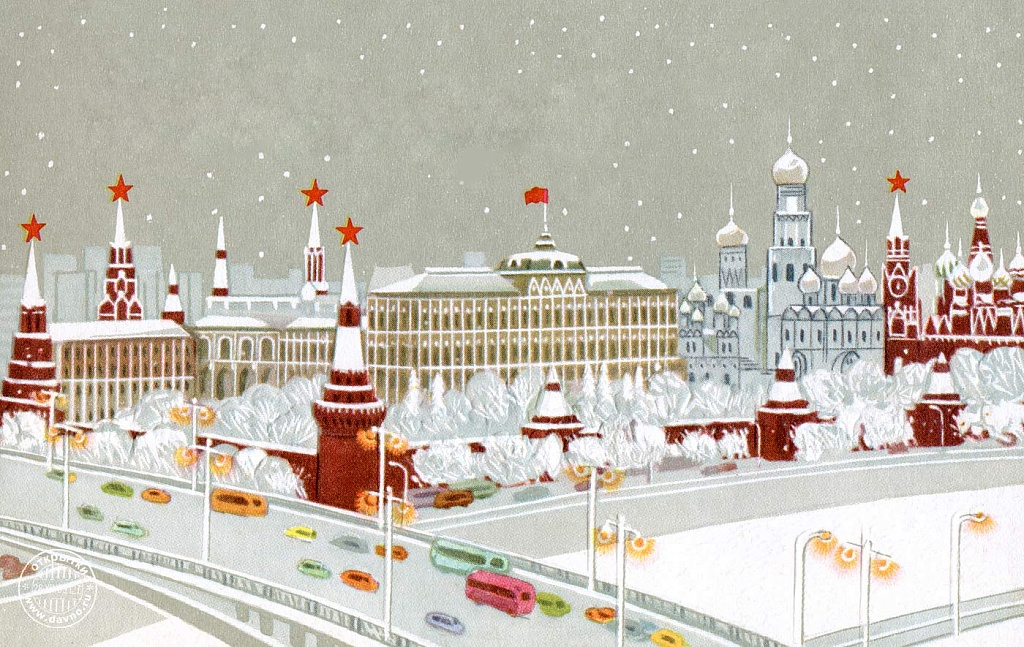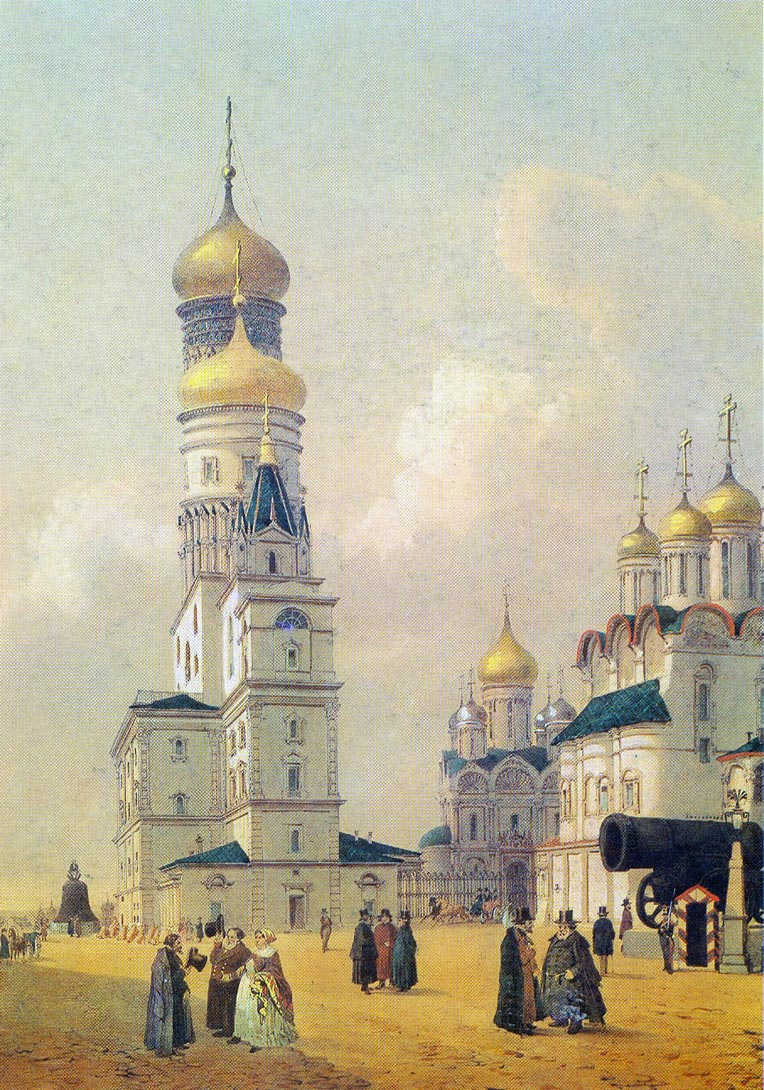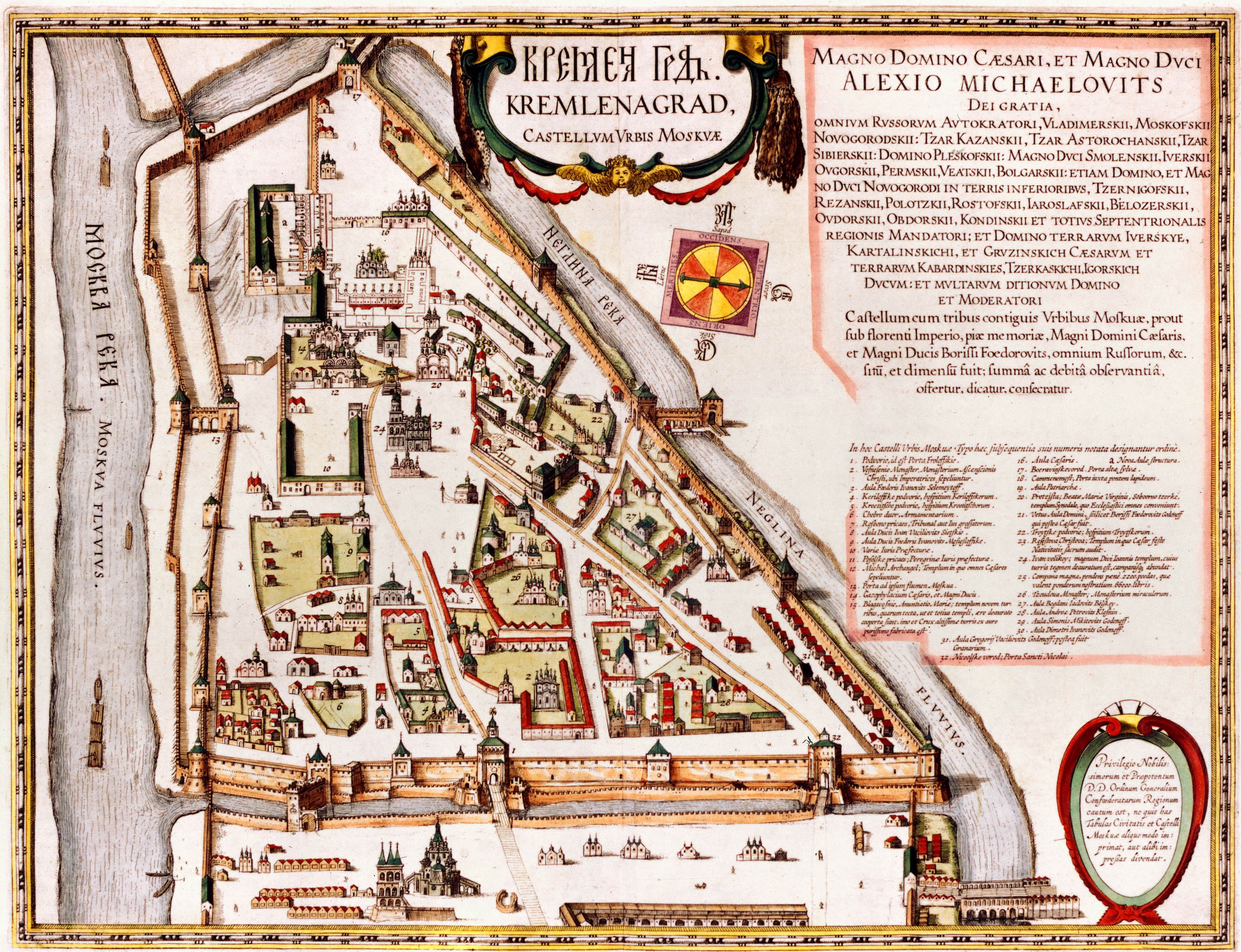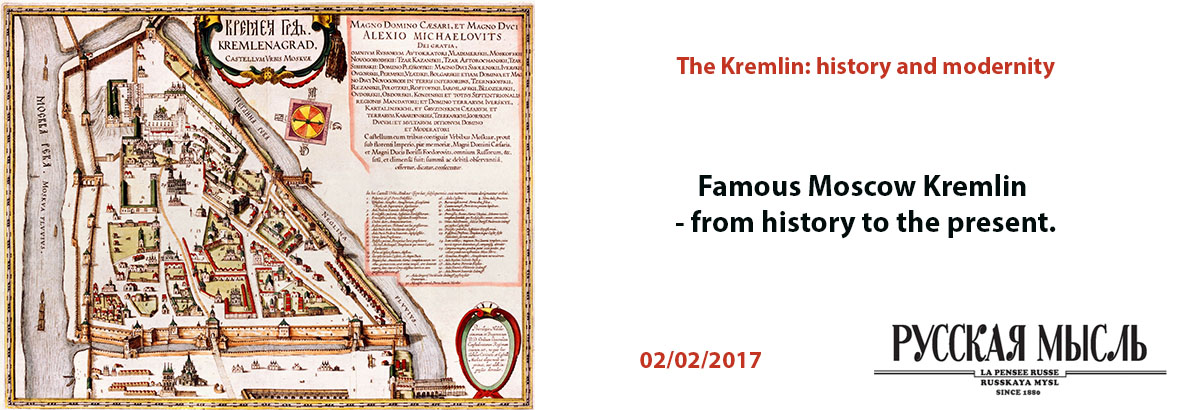The 530th anniversary of the construction of the Moscow Kremlin
The interview was conducted by KARA MISKARYAN
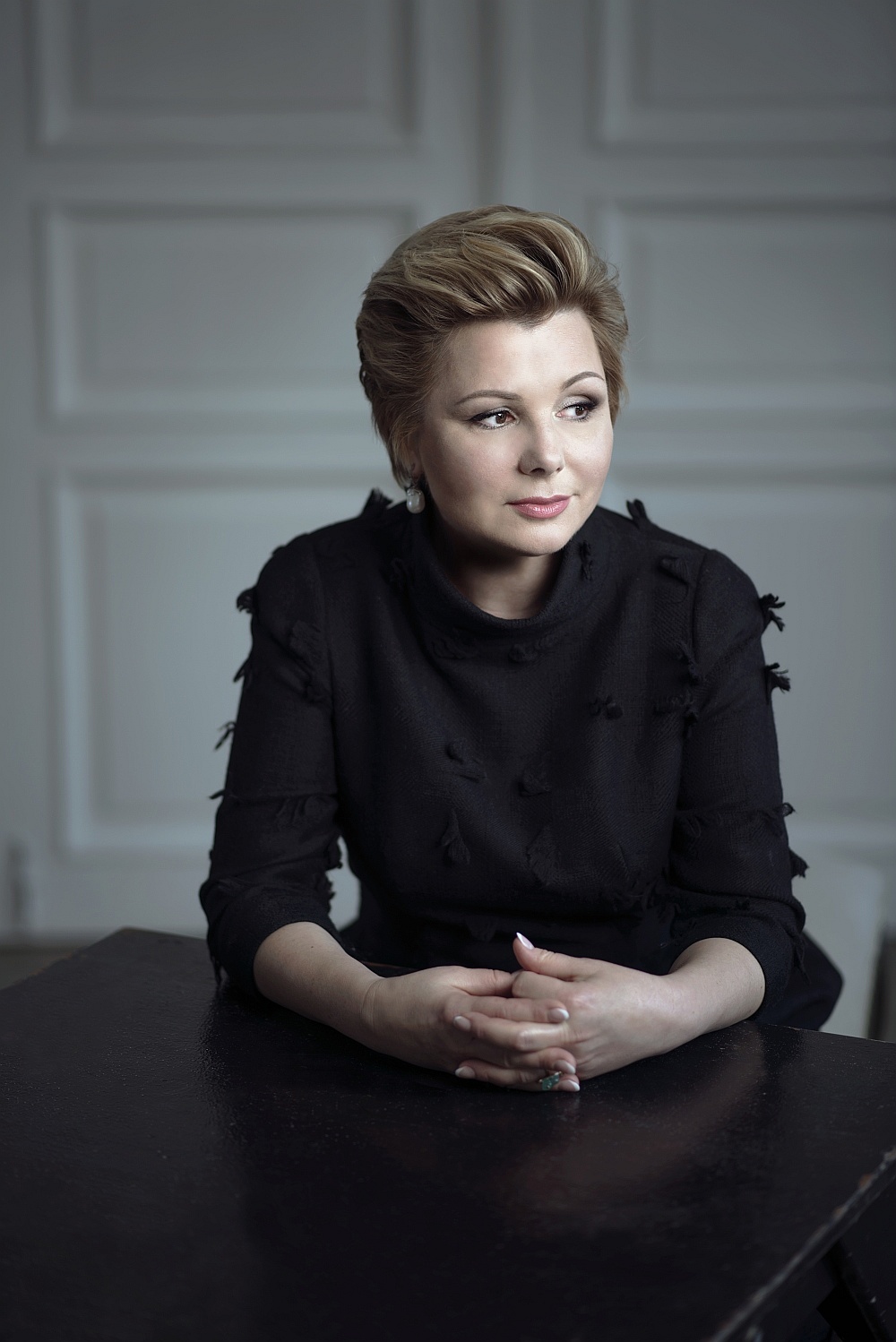
The first stone of the Tainitskaya [Secret] Tower – the oldest tower of the Moscow Kremlin – was laid by the Italian architect Anton Fryazin (Antonio Gilardi) on 19 July 1485. From it the building of the Kremlin’s fortifications commenced. The history of the formation, development and activities of the Moscow Kremlin Museum began two centuries later and spannned about 300 years. Over its history, the Kremlin has seen periods of: prosperity, rapid development in museum and scientific work, heroic struggles for the preservation of national relics and of regeneration, which follows after periods of oblivion. The history of the museum, situated in the very heart of the country, has always been inseparably linked with that of the Russian state.
Director-General of the Moscow Kremlin Museum, Elena Gagarina, speaks on the museum’s exhibition projects, along with the planned move in 2020 of the main exposition, from the Armoury Chamber to the Middle Trading Rows in Red Square which are currently under reconstruction.
The new year, 2017, is the year of Russian-French exchange,and you have announced that you are preparing an exhibition dedicated to Saint Louis IX, King of France.
The exhibition will open in March. It will be not be large because, in principle, not many objects from the thirteenth century have survived. For example, we will display stained glass windows from the Sainte-Chapelle in Paris which was built by St Louis especially for the Crown of Thorns that he brought from the Crusades in the Holy Land. Other precious relics are kept there as well. These stained glass windows were taken out of the chapel as long ago as the fifteenth century but were recently restored, so they will be seen as they originally appeared. My French colleagues have also shot a good film about the restoration process.
In addition to this, since St Louis – a very important figure in the history of France – is, unfortunately, little known in our country, and we will represent him as a monarch who commissioned various chronicles: the exposition will include numerous manuscripts with miniatures along with artefacts from his treasury.
From which collections will the exhibits be coming to the exposition?
First of all, they come from the Louvre, the National Museum of the Middle Ages (Musee de Cluny), the National Library in Paris, some provincial museums of France, and also the National Library of Russia in St Petersburg.
Do you plan to open a permanent space outside Russia, as did the Hermitage Art Museum in St Petersburg?
Our museum is very small. The Hermitage has over three million exhibits, while we have only 160,000. More than that, our museum is very specific: it is a museum-treasury and we cannot afford to send our objects away for a long time. Many museums usually send artwork, but imagine how difficult it is to prepare an exhibition of items made of precious materials, embroidered cloths and icons with coverings. The insurance alone would cost a lot of money.
What other exhibitions are scheduled for 2017?
After ‘St Louis’ we are planning another unusual project: an exhibition from the collection of Professor David Khalili, a prominent Iranian collector who lives in London. Among other things, he has a fine collection of Japanese kimonos and enamels of the Meiji period (the second half of the nineteenth to the early twentieth century). And, by the end of the year, we will hold an exhibition dedicated to Portugal as an empire: it will be about the empire’s great voyages of conquest and the masterpieces that were created on its vast territory. The exhibits will be brought from Portuguese and British collections. There will be items connected to India, Japan and Macao as well.
The idea of giving the so-called, Middle Trading Rows, building in Red Square to the Moscow Kremlin Museum was conceived in 2010. As far as I know, one of the main issues was that the inner layout does not satisfy the museum’s space requirements.
Not only the interior space, but also the exterior, because it is a building constructed in the architectural style of the late nineteenth century. And although it is quite large, it was designed for other purposes. It housed a wide range of big and small shops, and had many passages, steps and inner pillars. So it would have been very difficult to arrange an exposition there, let alone provide the requirements of modern museums: a reception area, rooms accessible for disabled visitors and so on. That is why, as a rebuke to this, it was decided to build new premises inside the main building which will provide enough space for all that we need, from a lobby to exhibition halls. And restoration workshops will be accommodated on the upper floor.
Have you already decided which parts of the main exposition will move to the reconstructed building?
It would be better to tell you about what will remain in the Armoury Chamber. These are the things that cannot leave the Kremlin: a collection of symbols of state power and state regalia. All the buildings which now house the exposition will belong to the museum as before, but we will extend our space and adjust it according to our needs.
And how are you going to increase your space within the Kremlin walls?
We will move out the offices, restoration workshops and exhibition halls. At present the overall area of the museum is just 10,000 square metres and yet, with such a tiny space, we manage to receive up to 2.2 million visitors per year!
Apart from the Armoury Chamber, the guiding concept of the Patriarch’s Palace exhibit will change too. The current exposition is quite strange – a permanent exhibition dedicated to everyday life in old Russia with a lot of silver and embroidery. Instead of this, we would like to open an exhibition on the history of the patriarchate.
The library, the museum depository and an exhibition hall will move from the cathedrals, from the belfry of the Dormition and the Philaret’s annex which are adjacent to the north wall. And, since absolutely everything inside St Nicholas’ Church, from the wall panelling to church vessels and iconostasis, has survived, we will also restore it. On the lower floor where an exhibition hall is currently located, we will open a small museum in honour of Emperor Alexander I, the founder of the Kremlin Museums.
When will it happen? Have you determined any concrete date yet?
It all depends on when the Middle Trading Rows’ reconstruction is completed. They promise to complete it in 2019. But we must be ready for any complications with this building project, at each stage we may need to calculate and estimate it all again. We will receive up to four million visitors per year there, so from the point of view of construction, everything needs to be perfect. And the first thing we will do after our vacating the Armoury Chamber, will be to start its renovation.
We hope it will not drag on, as was the case with Rijksmuseum, in Amsterdam, which lasted for over ten years.
The Rijksmuseum, it’s fair to say, can be compared with the Middle Trading Rows. It is a similar eclectic building with a large area. It’s another matter that the Armoury Chamber occupies only 2,500 square metres , and it will undergo renovation rather than reconstruction. – We are constantly repairing something here: replacing windows, renewing facades. The previous exposition at the Armoury Chamber was held in 1986. It used showcases that had been manufactured at an aircraft factory and it has not been renovated since. So we will have a lot of work to do.
But the restoration of the Dormition Cathedral has been going on for ten years now…
It is a very difficult monument to deal with, and occasionally patriarchal services are held there. Moreover, it is the Dormition Cathedral (also called the Assumption Cathedral) which all the visitors to the Moscow Kremlin want to see first. So we cannot close it, and we have to restore it piecemeal. A single full-time restoration would be extremely expensive and we cannot afford it. After all, we spend the money which is earned by the museum itself.
Nevertheless the Dormition Cathedral needs serious refurbishment, including the roofing, the drums, the domes and the paintings. Even though on a lesser scale, this is exactly what we did at the Cathedrals of the Annunciation and the Archangel. The restoration of the Cathedral of the Archangel is now nearing completion. As for the Dormition Cathedral, it is impossible to predict the time of its completion: for instance, during restoration of a fresco, a considerable crack was discovered in the wall beneath it, so the restoration had to be suspended and the repairs to the wall are underway.
And what is going on at the archaeological park, opened on the site of the recently dismantled Moscow Kremlin, 14th administrative building?
At the present time there are two pits in Ivanovskaya Square which will be covered by glass, and visitors will be able to look at the discovered sections of the foundations and the masonry. But, inasmuch as it is a specially protected area, visitors will get there only by attending guided tours of up to twenty people. This has been agreed with the Federal Protection Service. It has also provided for a place for a small museum where the finds discovered on this site will be displayed. I hope this will take place in the near future. For the moment, we are working out tourist itineraries and developing this museum’s concept.
But let us return to the Armoury Chamber. What would you like to bring from your storerooms to replace the exhibits that will go to Red Square?
We have whole collections which have never been exhibited yet. For example, a collection of banners. But they require a serious restoration which, in turn, requires large premises because the banners are huge.
We have a large department for fabrics restoration. By the way, recently we finished a fifteen year restoration of a fourteenth-century Byzantine sakkos (vestment) which belonged to St Alexis, the Metropolitan of Moscow. According to legend, Metropolitan Alexis was buried in this very sakkos, and the miraculous acquisition of his undecayed remains uncovered that his vestments were intact as well.
The sakkos was kept in one of the buildings of the Chudov Monastery which was demolished early in the 1930s, and, when the sakes ended up in the museum, it was in very bad condition. It will be exhibited at the Middle Trading Rows. Special conditions, and a specially constructed container, are required for its exposition – after all, it dates back to the fourteenth century and is covered with embroidery all over with pearls and metal. At that time cloth was very expensive, so they used parts of more antique vestments of the metropolitans which had survived. This is a unique relic, there are only three such sakkoses in existence: two in Russia and one in the Vatican.
Which of the new projects do you give priority to?
The most important is the new exhibition which is to be held in Red Square’s Middle Trading Rows.
And what do you enjoy the most during your eventful average working day?
When the tourist season ends, it is so nice to take a stroll across the Kremlin grounds, to admire the monuments, to savour the charm of this place, and to drop in at the small Church of the Deposition of the Robe of the Most Holy Virgin which has a special atmosphere.
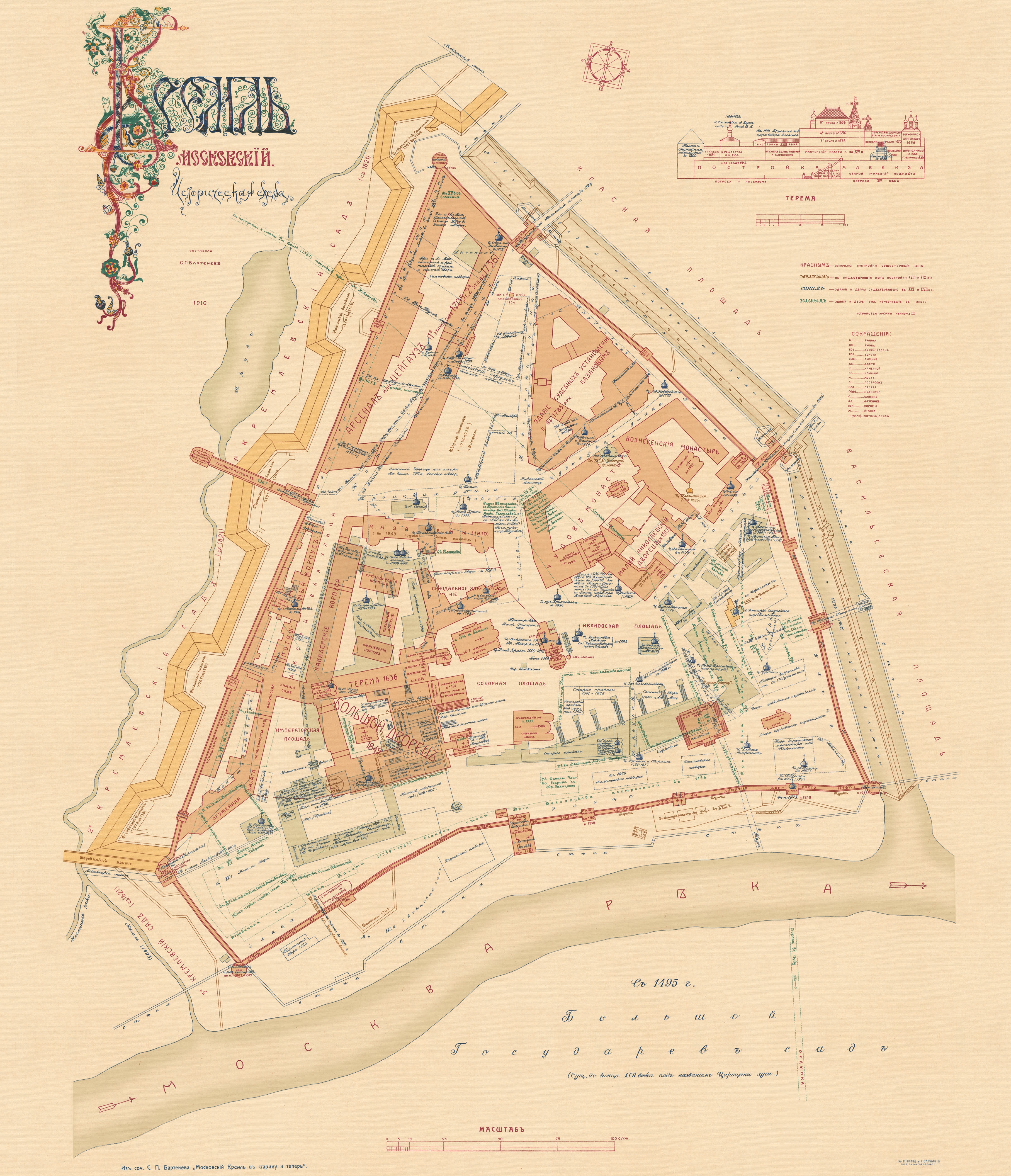
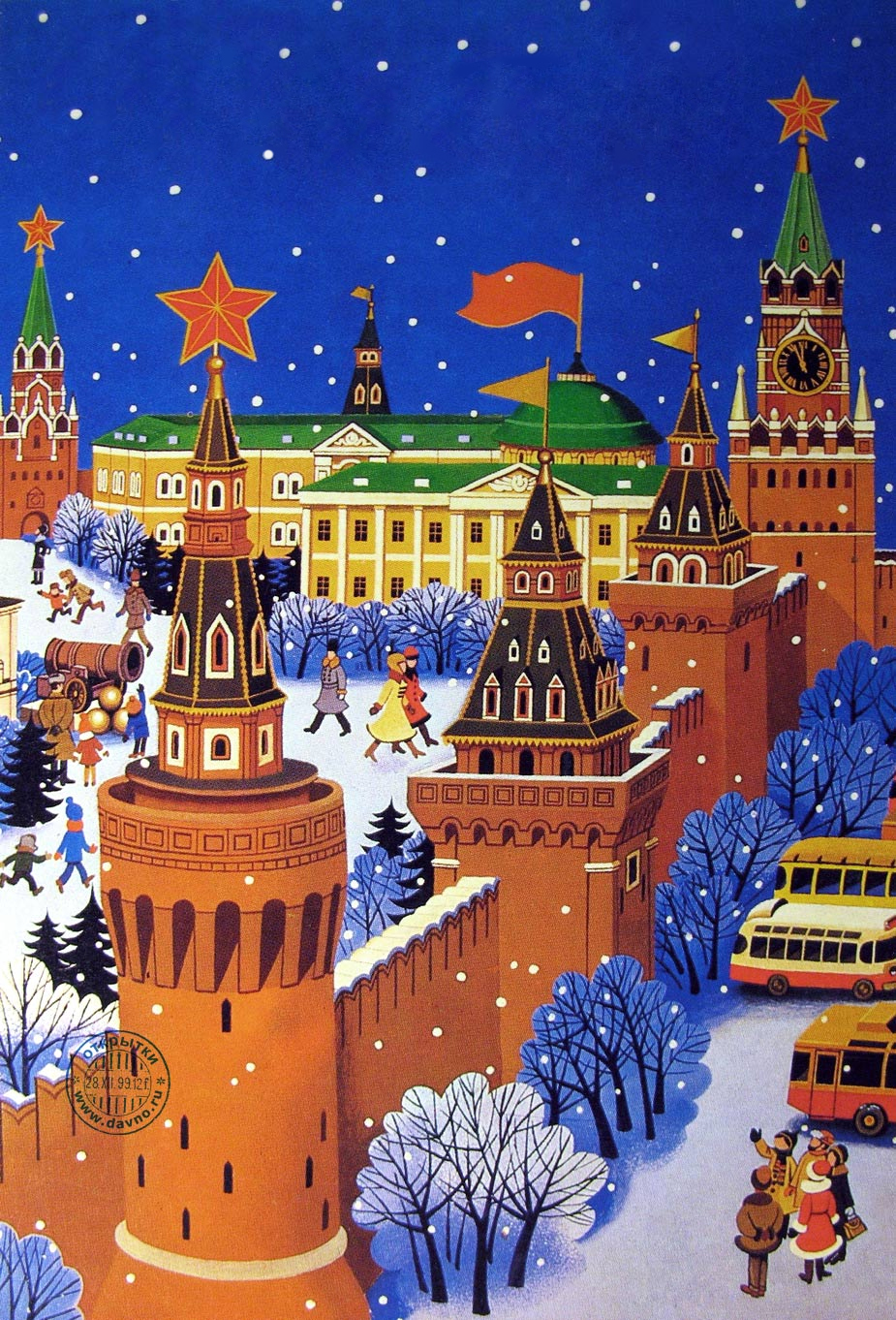
The Secrets of the Moscow Kremlin
The Moscow Kremlin cannot help but attract a great deal of attention. It is the largest surviving fortress in all Europe that is still in use. And, like any fortress, the Kremlin keeps its secrets.
People had settled on the former Borovitsky Hill (on which the Kremlin was later built) long before the foundation of Moscow. Archaeologists have found Bronze Age sites on the territory of the Kremlin. Sites dating back to the Iron Age have also been discovered next to the Archangel’s Cathedral, which indicates that this place was permanently inhabited by people for a very long time. When the Vyatichi tribe settled here in the tenth century, they arrived at a site which had already been populated. Here, at an ideal location at the confluence of the Rivers Moskva and Neglinnaya, there were sites and ritual structures. As was typical, in the pagan era the Borovitsky Hill was called The Witch Mountain, and there was a heathen temple there. And it was on the site of that heathen temple that the first kremlin [fortress]was erected. The Borovitsky Hill was a convenient location for the construction of a border fortification, as both waterways and overland routes met here: the overland routes led towards Novgorod and Kiev.
In addition to the Kremlin which is visible for everyone, there is another Kremlin – the underground one. Hiding-places and secret passageways under the Kremlin have been examined by many investigators. According to investigations made by the prominent Russian archaeologist and researcher of Moscow underground tunnels, Ignatius Stelletsky, underground structures under the sixteenth – seventeenth century buildings within the Sadovoye Ring Road are connected with each other, and with the Kremlin, by means of a network of labyrinths. Initially the scheme of the underground capital was designed by the Italian architects of the Moscow Kremlin: Aristotele Fioravanti, Pietro Antonio Solari and Aloisio the New. Stelletsky specifically says: ‘As foreigners, these three architects were not able to leave Moscow and had to lay down their bones there…’ The archaeologist found a well-formed system of 350 underground points which, for example, even enabled someone to get from the Kremlin as far as the Sparrow Hills [Vorobyevy Gory].
Most people believe that the Moscow Kremlin’s main tower is the Spasskaya Tower. But is it really so? It is logical that priority should be given to the tower which is the oldest. But the first existing tower of the Moscow Kremlin is Tainitskaya whose construction started in 1485. With it, brick was used for the first time in the building of a fortress in Russia. This tower derived its name from the secret passage that led from it to the Moskva River. For a long time the Tainitskaya Tower was of tremendous significance for the Muscovites. On the feast of Theophany, a Jordan hole (an ice hole for the Blessing of Waters) was cut in front of it in the Moskva River. A procession led by the tsar would proceed to the Jordan hole on the frozen river, and it was one of the most solemn ceremonies. Prior to 1674 the Tainitskaya Tower had a striking clock, and it was from here that the bells rang to sound a fire alarm. Before 1917, a canon was fired daily from the Tainitskaya Tower to mark midday.
But why was the Tainitskaya Tower the first? This is due to the fact that it became the central tower of the Kremlin’s south wall and, therefore, it faced towards Jerusalem (that is also why a Jordan hole was dug in front of it).
It is generally known that the Kremlin was built by Italian masters. Their names are well known. One of the main architects was Pietro Antonio Solari. He hailed from a family of architects who were working in Milan together with Leonardo da Vinci. Antonio himself worked with the great da Vinci as well. Some historians, comparing historical facts, do not even rule out that Leonardo himself may have been involved in the building of the Kremlin. This hypothesis was first put forward as far back as the late 1980s by the historian, Oleg Ulyanov, who has studied the Kremlin’s history all his life. There is no direct proof of this theory, yet the indirect evidence is abundant, from striking similarities between some drawings of this Florentine artist and rare elements of the Kremlin walls, to ‘blank spots’ in da Vinci’s biography between 1499 and 1502. At one time Dmitry Likhachev also showed great interest in the possibility of ‘the hand of Leonardo’.
Few people know that the Moscow Kremlin was a home to real ‘hanging’ gardens. As early as the seventeenth century there were two larger and several smaller (room-sized) upper gardens on the roofs and terraces of the palaces. According to Tatiana Rodinova, a staff worker of the Moscow Kremlin Museums, the hanging gardens occupied 2,200 square metres on the roof of now nonexistent Embankment chambers. Fruit and nuts were grown there, and there was a pond with a total area of 200 square metres. It was there that a young Peter the Great acquired basic navigation skills. Even the names of those who were responsible for garden maintenance came down to us: Stepan Mushakov, Ivan Telyatevsky and Nazar Ivanov. The hanging gardens were supplied with water by the Water Tower which had a special mechanism designed to lift water from the Moskva River. From a well that was installed in the tower, water was pumped up directly to the Kremlin via lead pipes.
Originally the Kremlin was red, but in the eighteenth century it was painted white according to a fashion of that age. Napoleon saw it white too. The French dramatist Jacques-Francois Ancelot visited Moscow in 1826. This is how he described the Kremlin in his memoirs: ‘The white conceals cracks and gives the Kremlin a youthful look, which does not correspond to its shape and effaces its past.’ The Kremlin was whitewashed before festive occasions, but all the rest of the time it was covered with a ‘noble patina’, as people used to say.
During the Great Patriotic War, the Kremlin underwent an interesting metamorphosis. In the summer of 1941, the Kremlin Commandant, Major General Nikolai Spiridonov, suggested that all the Kremlin walls and towers be repainted for camouflage purposes. No sooner said than done. Architect Academician Boris Iofan undertook this project: replicas of streets were built in Red Square, fake walls of residential buildings, and black ‘window openings’, were painted onto the Kremlin walls. The Mausoleum turned into a normal house with a gable roof.
The Kremlin became red again after the war, in 1947. Stalin personally made this decision. On the whole, it was logical: the red flag, the red walls, Red Square…
